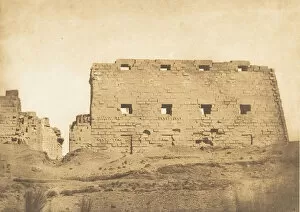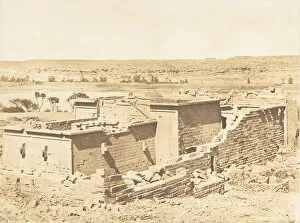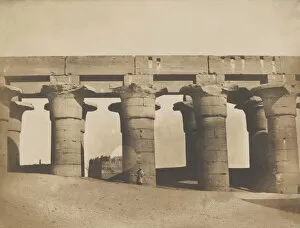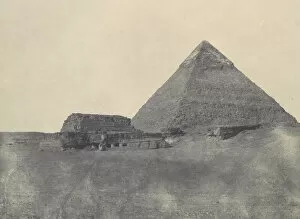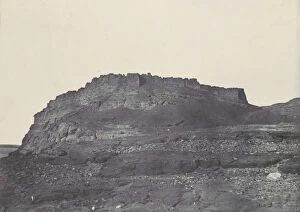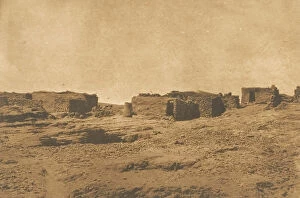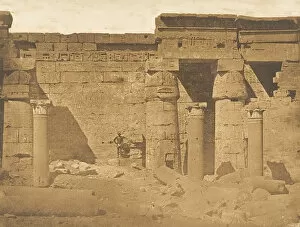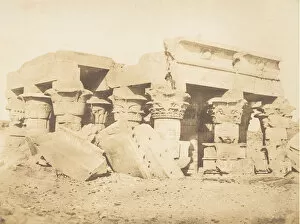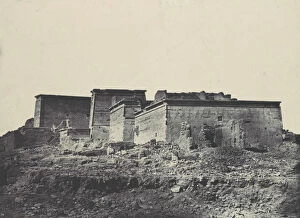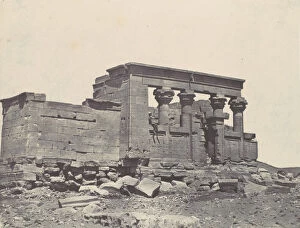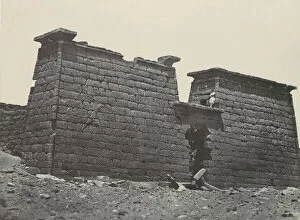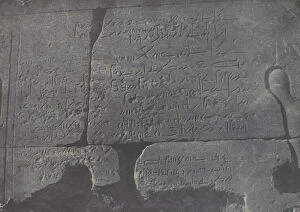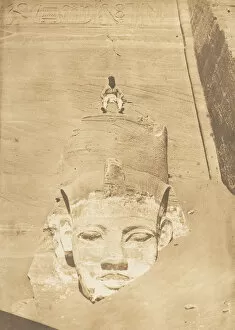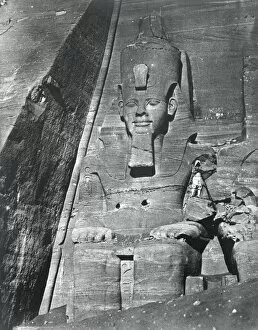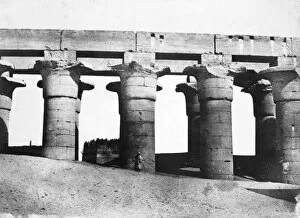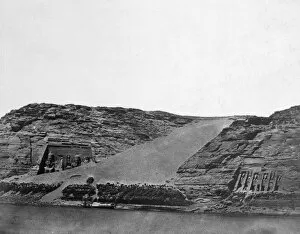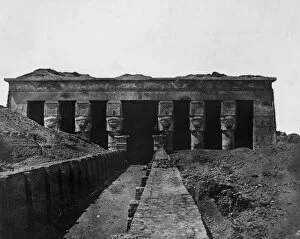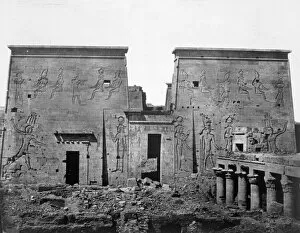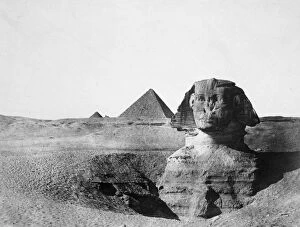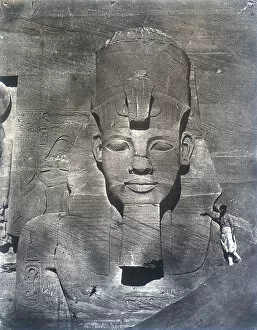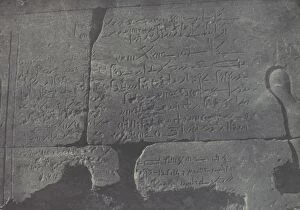Maxime Du Camp Collection (page 7)
Maxime du Camp, a French writer and photographer, embarked on a remarkable journey through Egypt in the mid-19th century
For sale as Licensed Images
Choose your image, Select your licence and Download the media
Maxime du Camp, a French writer and photographer, embarked on a remarkable journey through Egypt in the mid-19th century. His lens captured breathtaking sights that continue to awe us today. In September 1850, du Camp stood before the majestic Temple of Jupiter in Baalbek (Heliopolis). The grandeur of this ancient structure was truly awe-inspiring. Just months earlier, in December 1849, he marveled at the sight of the great Sphinx and the towering pyramid of Menkazeh (Mycerinus). These iconic landmarks left an indelible mark on his photographic collection. Du Camp's exploration extended beyond well-known sites. He ventured into Siout where he discovered Muslim tombs dating back centuries. Through his lens, we catch a glimpse of history frozen in time. One cannot speak about du Camp's work without mentioning Abu Simbel - the Eastern Colossus that stands as a testament to Egypt's rich heritage. His photograph captures its profile against an azure sky, showcasing its colossal presence. The speos d'Hathor at Ibsamboul also caught du Camp's attention during his expedition along Nubia. This rock-cut temple complex is adorned with intricate carvings that reflect ancient Egyptian artistry. Baalbeck revealed another marvel - the colonnade of the Temple of the Sun. Du Camp immortalized this architectural wonder amidst ruins that whispered tales from Syria's past. As he traveled further south to Thebes, now known as Luxor, du Camp encountered Gournah and its colossal statues guarding their secrets from antiquity. These silent sentinels stood tall against time itself. Denderah beckoned him next with its grand temple dedicated to Hathor; every corner exuded divine beauty and spiritual significance. Philoe enchanted him too; his camera captured stunning angles highlighting these sacred spaces nestled along Nubia’s riverbanks.

